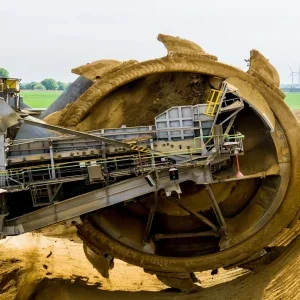According to the laboratory, the new technology can perform two processing functions at once for producing green diesel from the hydrogenation of oils from renewable feedstocks such as algae.
The method is said to be a departure from the established process of producing biodiesel, which is accomplished by reacting fats and oils with alcohols.
Ames Lab scientist Igor Slowin said, "Conventionally, when you are producing biodiesel from a feedstock that is rich in free fatty acids like microalgae oil, you must first separate the fatty acids that can ruin the effectiveness of the catalyst, and then you can perform the catalytic reactions that produce the fuel."
"By designing multifunctional nanoparticles and focusing on green diesel rather than biodiesel, we can combine multiple processes into one that is faster and cleaner," Slowin added.






